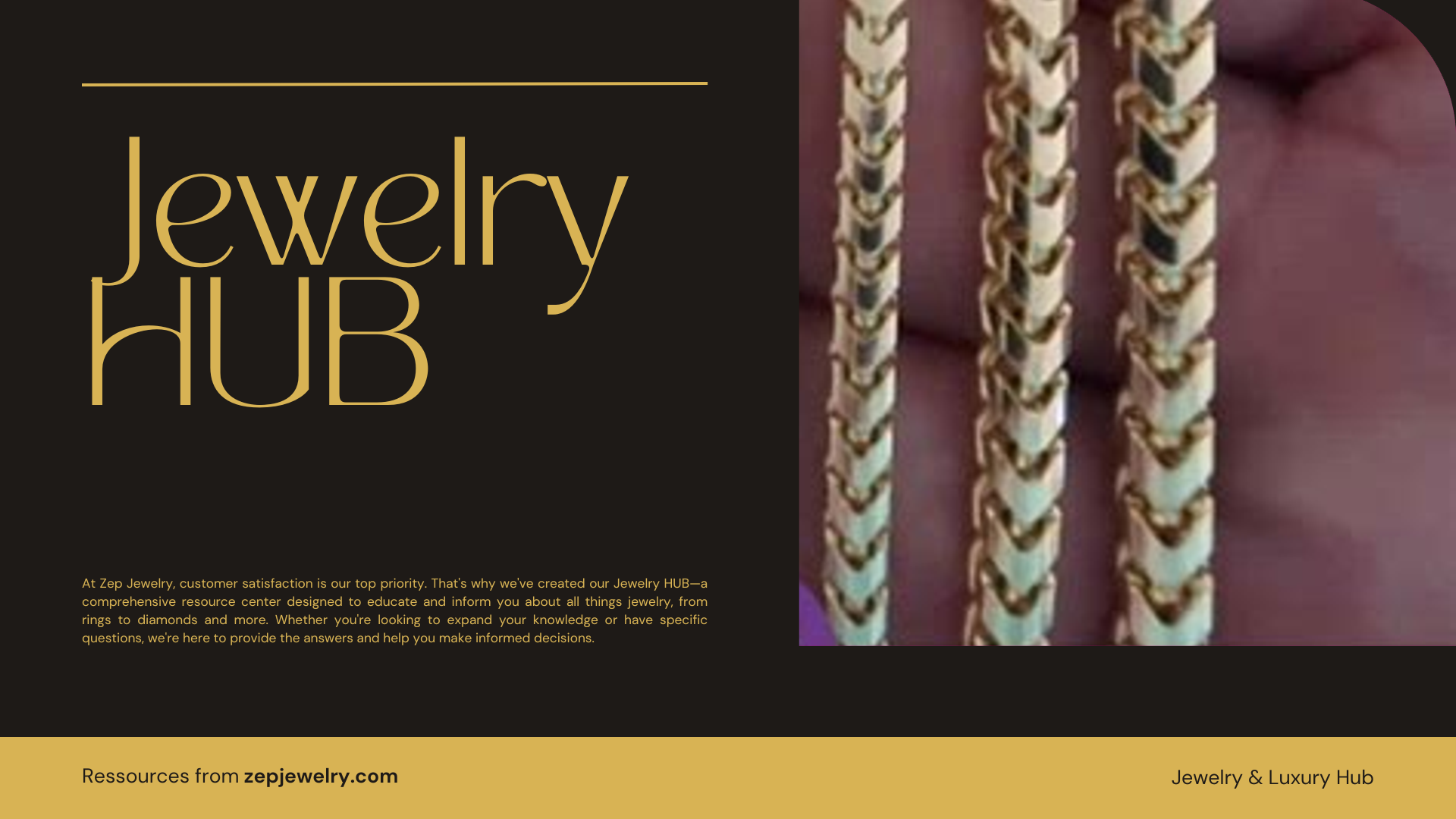Have you ever wondered what truly holds the dazzling allure of a jewelry chain? Beyond its gleam lies a fascinating world of materials and craftsmanship that gives life to these elegant accessories. From the warm embrace of gold and silver to the sturdy embrace of stainless steel, each choice tells a story and serves a purpose, blending aesthetics with function. As we delve into this intricate process of creating jewelry chains, we’ll uncover not just the metals but the artistry that transforms mere materials into cherished objects of beauty.
What materials are commonly used in the manufacturing of jewelry chains?
What materials are commonly used in the manufacturing of jewelry chains?
Jewelry chains are typically crafted from a wide array of materials, with precious metals leading the way, including gold, silver, and platinum. In addition, base metals like copper and stainless steel are also popular choices. Each of these materials brings unique qualities to the chain.
Gold, for example, is revered for its opulent luster and corrosion-resistant properties, making it a favorite for high-end pieces. It is available in various colors, such as yellow, white, and rose gold, each of which alters the overall look and style of the chain. Likewise, silver is appreciated for its brilliant shine and versatility; however, it’s worth noting that pure silver can be more susceptible to tarnishing compared to other metals, hence most jewelry is made with sterling silver, which includes other alloys to improve its durability.
Platinum stands out as an exceptionally durable and hypoallergenic option, often used in fine chains and pieces that are designed for longevity. Although usually more expensive than both gold and silver, its weight and texture make it a favored choice among those looking for timeless elegance.
On the more affordable side, base metals like copper and stainless steel offer great alternatives for costume jewelry or trendy pieces. Stainless steel is particularly appreciated for its strength, resistance to tarnishing, and ease of maintenance, making it an excellent choice for everyday wear. The choice of metal not only influences the chain’s appearance but also plays a significant role in its durability and cost. Therefore, both jewelers and consumers must consider these factors when selecting materials, as they will ultimately affect the chain’s longevity, aesthetic appeal, and how well it aligns with personal style and budget.
How does the wire drawing process contribute to the strength of a jewelry chain?
Wire drawing is a critical step in chain making where metal wire is pulled through progressively smaller dies, which reduces its diameter to a specific thickness. This process not only shapes the wire but also work-hardens it, increasing its tensile strength. Consequently, the jewelry chain becomes more robust and less prone to breakage while maintaining a manageable weight, ensuring that even intricate designs can withstand everyday wear.
What is the significance of annealing in jewelry chain production?
Annealing is a thermal treatment that involves heating wire to a precise temperature and then cooling it slowly. This process enhances the wire’s malleability, making it easier to manipulate without becoming brittle. By softening the metal, annealing allows for better forming and connecting of links, crucial for creating complex designs, while also enhancing the chain’s overall durability during use.
How are different link shapes and arrangements determined in chain design?
The design of a jewelry chain is influenced by both functional and aesthetic considerations when it comes to link shapes and arrangements. Common shapes include round, oval, square, and rectangular links, each contributing distinct visual qualities and flexibility. The arrangement can be sequential, intricate, or even random, allowing for unique stylings that reflect fashion trends and personal preferences, which is where the creativity of the jewelry designer comes into play.
In what ways does soldering enhance the quality of a jewelry chain?
Soldering involves fusing links together by applying heat and a low-melting-point alloy, which flows into the joints to create a seamless connection. This technique not only strengthens the chain—preventing links from separating under stress—but also enhances its structural integrity, making it more durable over time. This additional robustness is especially important for chains subjected to regular wear, ensuring they remain functional and beautiful for years.
What are the final steps involved in completing a jewelry chain after assembly?
Once a jewelry chain has been assembled, it undergoes several finishing processes to enhance its look and feel. This includes polishing to achieve a high sheen or applying textures and plating for decorative purposes. Quality control checks are conducted to identify and rectify any imperfections, followed by the installation of clasps and findings, which facilitate fastening. After a thorough final inspection, the chain is packaged and prepared for distribution, ensuring it meets industry standards and customer expectations.
What role do traditional techniques play in contemporary jewelry chain making?
Despite advancements in technology, many contemporary jewelry chain makers still rely on traditional techniques honed over decades. For instance, the use of vintage machinery and artisanal skills underscores the cultural heritage and craftsmanship involved. Even as innovations emerge in material use and design, maintaining these time-honored practices ensures a continuity and richness in jewelry making that appeals to both modern consumers and traditionalists alike.
